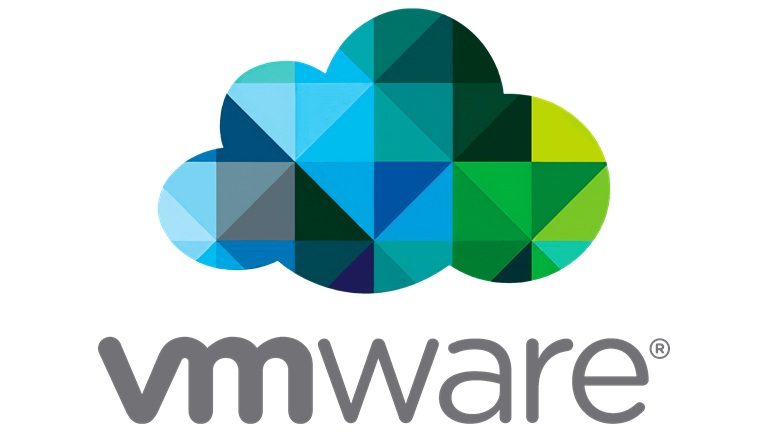Who should attend:
- vSphere administrators, architects, system engineers, and systems integrators who are responsible for the deployment or management of Site Recovery Manager
1 Course Introduction:
- Introductions and course logistics
- Course objectives
2 Site Recovery Manager Architecture
- Discuss the importance of vSAN planning and availability best practice
- Describe Site Recovery Manager architecture
- Identify disaster recovery options with Site Recovery Manager
- Evaluate how Site Recovery Manager integrates with VMware products
- Describe Site Recovery Manager licensing options
- List the disaster recovery topologies supported by Site Recovery Manager
- Describe how VMware Site Recovery for VMware Cloud on AWS integrates with Site Recovery Manager
3 Deploying and Configuring Site Recovery Manager
- Identify the vSphere and vCenter Server requirements for deploying Site Recovery Manager
- Define Site Recovery Manager virtual appliance system requirements
- Deploy the Site Recovery Manager appliance
- Navigate the Site Recovery Manager configuration UI
- Describe the process for registering Site Recovery Manager with vCenter Server
- Describe how to start and stop services in Site Recovery Manager
- Identify ways to perform updates to the Site Recovery Manager appliance
- Describe the options for accessing the Site Recovery Manager
- Describe the process for configuring site pairing
- Describe how to import and export Site Recovery Manager configuration
- Navigate the Site Recovery Manager configuration UI
- Describe the process for registering Site Recovery Manager with vCenter Server
- Describe how to start and stop services in Site Recovery Manager
- Identify ways to perform updates to the Site Recovery Manager appliance
- Describe the options for accessing the Site Recovery Manager
- Describe the process for configuring site pairing
- Describe how to import and export Site Recovery Manager configuration
4 Configuring Inventory Mappings
- Explain the importance of inventory mappings
- Identify configuration options for inventory mappings
- Describe the importance of placeholder virtual machines and datastores
- Describe the importance of the vSphere inventory changes for Site - Recovery Manager operation
5 Using Array-Based Replication
- Describe array-based replication
- Describe Storage Replication Adapters and explain their role for the array-based replication
- Describe the concept and configuration of array pairs
- Describe datastore groups and the relationship between devices and datastore groups
- Describe the role of consistency groups
I- dentify the advantages of array-based replication
6 vSphere Replication
- Describe Site Recovery Manager with vSphere Replication Architecture
- Discuss the role of vSphere Replication components
- Discuss use cases for vSphere Replication
- Discuss system requirements and operational limits of vSphere Replication
- Determine how to calculate bandwidth requirements for vSphere Replication
- Identify the advantages of vSphere Replication
- Deploy a vSphere Replication appliance
- Configure a vSphere Replication appliance and register it with vCenter Server
- Pair vSphere Replication appliances
- Deploy an additional vSphere Replication server
- Register a vSphere Replication server with a vSphere Replication management server
7 Replicating VMs Using vSphere Replication
- Describe the replication process used by vSphere Replication
- List vSphere Replication replica states
- Describe vSphere Replication of encrypted virtual machines
- Describe vSphere native key provider
- Describe how to configure vSphere Replication
- Discuss vSphere Replication RPO settings
- Describe MPIT instances
- Describe additional vSphere Replication settings
- Describe how to disable vSphere Replication
8 Protection Groups
- Define protection group functionality
- Examine the differences between array-based protection groups, protection groups based on vSphere Replication, and Virtual Volumes protection groups
- Create a protection group
- View a placeholder virtual machine in the inventory
- Configure protection for virtual machines and edit protection groups
9 Recovery Plans
- Discuss recovery plan concepts
- Discuss network planning
- Discuss the organization of storage for recovery plans
- Describe customization options in recovery planning
- Describe priority groups and VM dependencies
- Describe how to implement a recovery plan
- Configure VM recovery plan properties
- Describe the customization of recovery plans
- Configure additional steps in the recovery plan
- Delete a recovery plan
10 Executing Recovery Plans
- Discuss use cases for Site Recovery Manager
- Describe planned migration
- Identify Site Recovery Manager workflows
- Examine Site Recovery Manager integration with various vSphere technologies
- Describe how to conduct a recovery plan test
- Perform a recovery plan test
- Identify the effect on the storage layer during the test recovery steps
- Review the recovery plan test steps
- Describe how to cancel a recovery plan test and clean up after recovery plan test cancelation
- Explain a recovery plan execution in planned migration or disaster recovery mode
- Identify the recovery steps for each execution type
- Describe a forced recovery
- Explain the importance of reprotection processes and states
- Examine failback steps
- Describe how to reprotect a data center
11 Monitoring and Troubleshooting
- Identify Site Recovery Manager alarm options
- Generate Site Recovery Manager recovery plan history reports
- Configure Site Recovery Manager advanced settings
- Identify Site Recovery Manager logs
- Describe the vRealize Operations management pack for Site Recovery Manager


